Why NSW for rare earth elements and niobium
• Secure source of neodymium (Nd), praseodymium (Pr), terbium (Tb) and dysprosium (Dy)
• Provides a diversified source of supply for global rare earth elements
• First in Australia for niobium contained resources and fourth for rare earth oxide resources
• Approved projects for development and exploration opportunities of rare earth elements
Overview
Rare earth elements are a series of 17 naturally occurring metallic elements – the 15 elements in the lanthanide series, plus yttrium and scandium, which are much lighter but are included with rare earth elements as they have similar chemical properties.
While not particularly rare, REEs commonly occur in low concentrations and/or in minerals not conducive to economic recovery. All REEs are divided into heavy and light categories based on their atomic weight.
Heavy REEs dysprosium and terbium and light REEs neodymium and praseodymium have powerful magnetic properties and are critical components in the production of renewable energy generation (wind turbines), electric vehicles, aerospace and defence applications and medical devices.
Niobium, while not a REE, can co-exist in rare earth deposits, along with other elements including zirconium and yttrium. Niobium is mainly used in steel such as stainless steel, heat resistant steel, corrosion resistant steel, and stronger steel, particularly at low temperatures. Niobium can also be used in superalloys and ceramics in high-tech applications and general engineering. It is also a superconductor.
REEs and niobium are expected to become increasingly valuable due to their many critical applications.
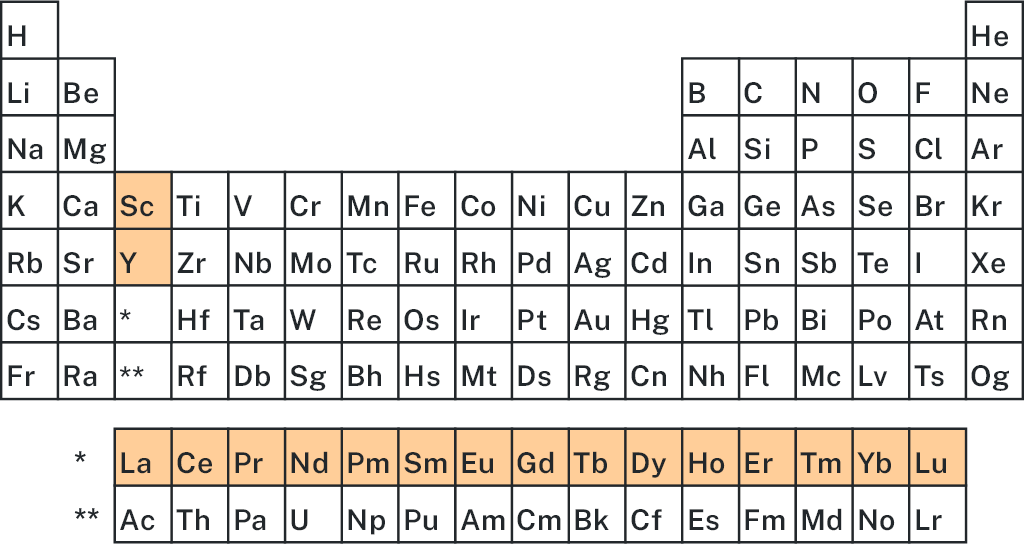
NSW resources
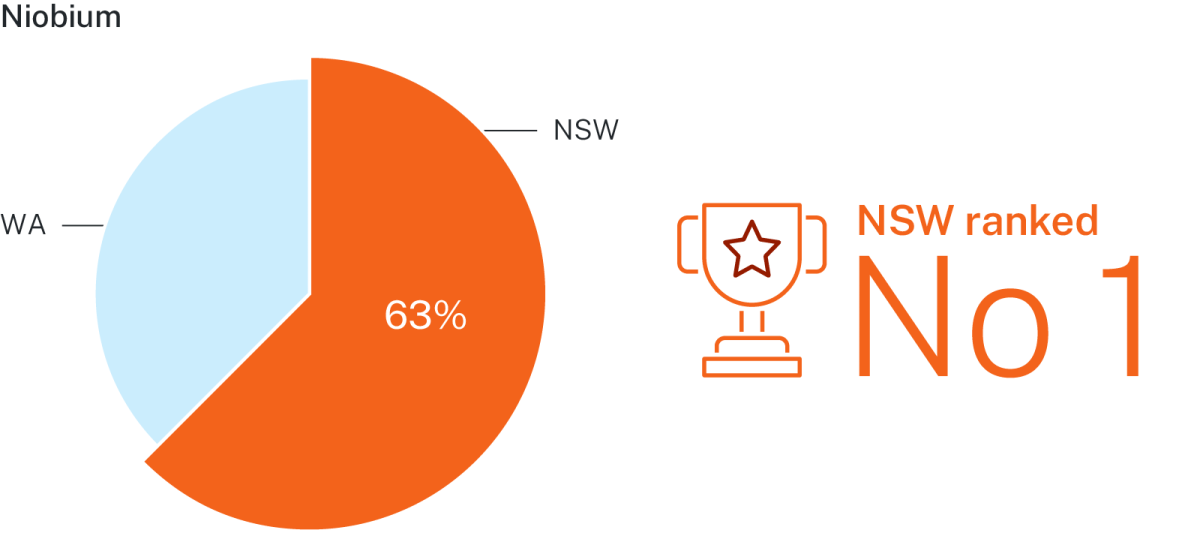
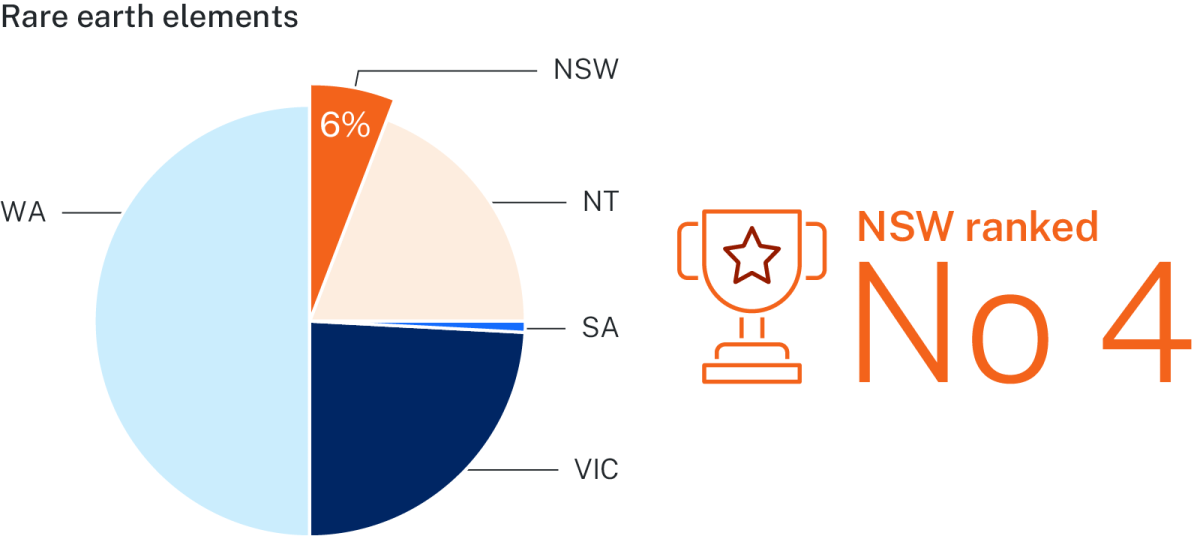
NSW is ranked first in Australia with 62.5% of the nation’s Economic Demonstrated Resource (EDR) of niobium (Source: OzMin database, Geoscience Australia), and ranked fourth for REEs (Source: Geoscience Australia, Australia's Identified Mineral Resources 2023).
NSW offers a range of opportunities for discoveries of REEs and niobium. The Lachlan Orogen hosts important rare earth elements and niobium deposits – such as the Dubbo Project and the Narraburra REE project, an ion-adsorption clay deposit (ionic clay). The discovery of ionic REEs, or clay-hosted REEs in NSW, is an economically efficient source of REEs.
The New England Orogen is associated with many polymetallic mineral occurrences, some of which contain monazite and xenotime with elevated rare earth elements and thorium.
In the Proterozoic Curnamona Craton, highly anomalous concentrations of rare earth elements occur in sulfide-bearing deposits, including the famous Broken Hill base metal deposit.
The Murray Basin, which covers the southwest of NSW, is a globally significant heavy mineral sands province that contains monazite and xenotime, which contain REEs, thorium and yttrium. The province is actively being investigated by companies.
Rare earth elements in NSW map
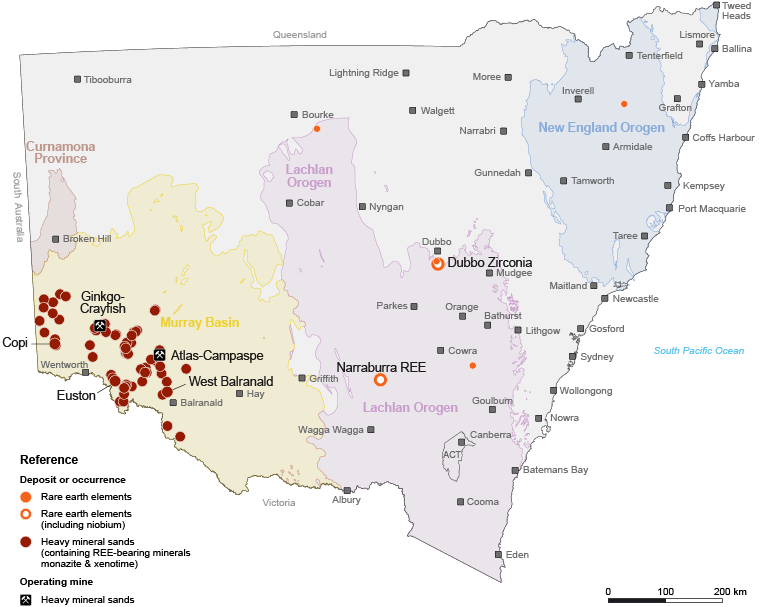
Download the Rare earth elements in NSW map (PDF, 3.09 MB).
Essential uses

Camera lenses |

Electric vehicles |

5G network |

Anti-forgery |

MRI scans |

Laser eye surgery |

Hydrogen fuel |

Cancer therapy |

Wind turbines |

Hard drives |

Space travel |

Audio systems |

Aircraft |

Submarines |

X-ray machines |

Seismic monitors |

Satellites |
|
Quality data for explorers
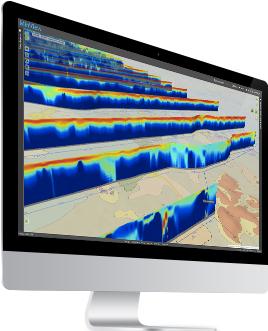
NSW is known for its world class pre-competitive data, and has a long history of providing geological, geoscientific and geochemical data to promote investment in exploration.
Pre-competitive data to support REEs and niobium exploration (and other commodities) is made freely available on the Geological Survey of NSW’s web map application MinView.
In 2023, the NSW Government completed its largest ever geophysical survey acquisition program through airborne electromagnetic, airborne magnetic and radiometric, gravity, and deep crustal reflection seismic surveys. These surveys collected over 150,000 km2 of new data across the New England Orogen, the Lachlan Orogen and the Murray Basin areas that are prospective for critical minerals and high-tech metals, including REEs and niobium.
Global overview
China has the largest known reserves of rare earth elements, followed by Brazil, Vietnam, Canada, Russia and Australia.
China produced nearly 90% of reported world REEs production in 2012, but in 2023 their share was below 70% due to increased production in Australia, the United States of America, Myanmar and Thailand.
Brazil is the world’s leading niobium producer, responsible for about 90% of global production (75,000 tonnes), most of which is exported to China. Brazil also has the world’s largest niobium resources.
The global supply and demand forecast through to 2040 expects the value of rare earth oxides consumed by energy transition applications will rise at a compound annual growth rate of 19% (Source: Adamas Intelligence). This demand will be led by passenger electric vehicle motors, followed by wind power generators.
For niobium, market growth is expected to rise sharply with the expected use of niobium in next-generation lithium-ion batteries, which are expected to be faster charging.
2023 Global REE reserves – 110 million tonnes rare-earth-oxide (REO) equivalent
2023 Global REE production – 350,000 tonnes REO equivalent
2023 Global niobium reserves – 17 million tonnes niobium content
2023 Global niobium production – 83,000 tonnes niobium content
Source: modified from USGS Mineral Commodity Summaries 2024.
NSW project highlights
NSW is home to the globally significant REEs and niobium project – the Dubbo Project – which is approved for development. The Narraburra REE project is also at an advanced exploration stage.
There are 3 mineral sands projects at Balranald (approved), Copi and Euston (both at advanced development stage), which include rare earth element-bearing minerals monazite and xenotime.
Notes:
All percentages (including in the pie charts) are rounded to whole numbers.
Forecasts are based on NSW Resources’ interpretation of available information. Forecasts are inherently uncertain and should be seen as a guide only. Actual outcomes may be different.